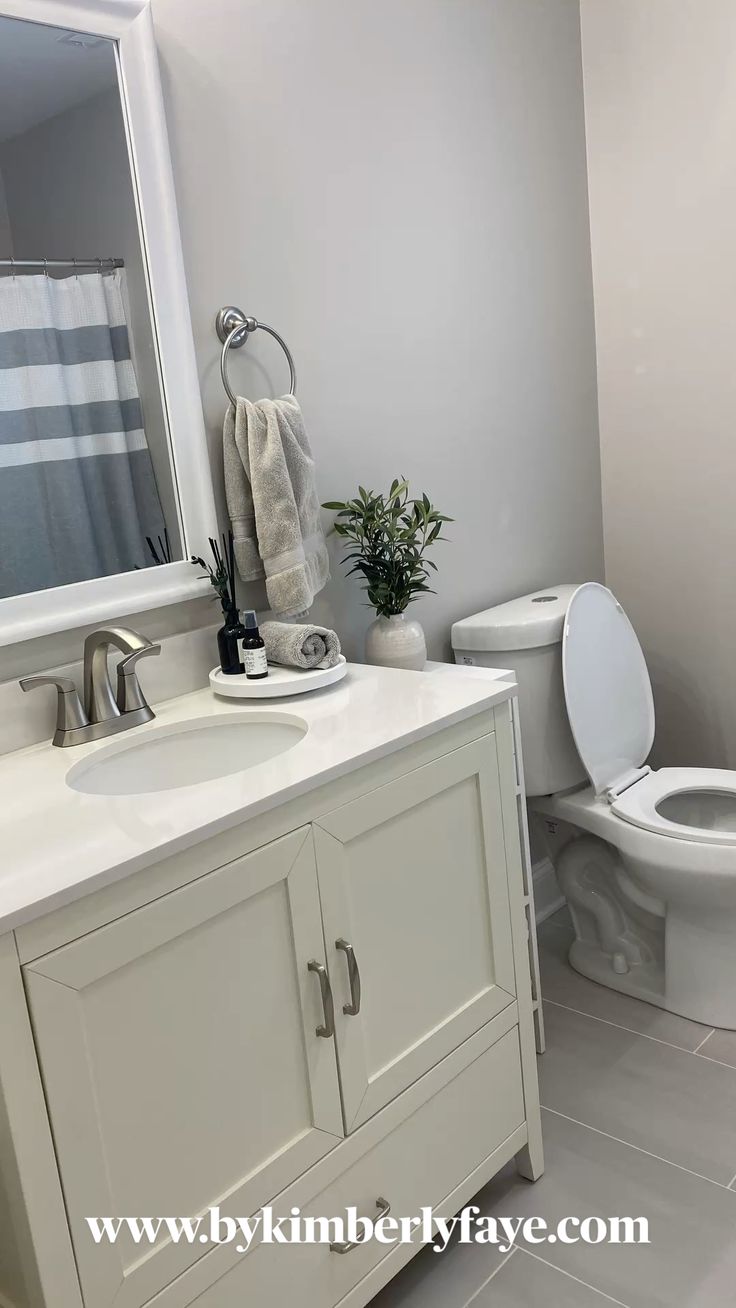13 Journal Organization Ideas To Help You Stay Motivated
This site contains affiliate links. I may earn a small commission, at no extra cost to you.
Staying motivated to journal regularly can be a challenge, especially when life gets busy. However, keeping a journal can be an incredibly rewarding practice that helps with personal growth and self-reflection. That’s why finding ways to stay organized and motivated with journaling can make all the difference.
In this article, we will explore 13 journal organization ideas to help you stay motivated and consistent with your journaling practice. From creating a dedicated journaling space to using prompts and trackers, these ideas are designed to inspire and support you in your journaling journey. Whether you’re a seasoned journaler or just starting out, these tips can help you stay on track and make the most out of your journaling experience.

Essentials of Journal Organization
Keeping a journal is a great way to stay motivated and organized. However, it’s important to have a well-organized journal to make the most of your writing experience. Here are some essential tips to help you organize your journal and keep you motivated.
Choosing the Right Journal
When choosing a journal, it’s important to consider what type of journal you want to keep. There are many different types of journals, such as bullet journals, gratitude journals, and daily planners. Consider what you want to use your journal for, and choose a journal that fits your needs.
Another important factor to consider is the size and format of your journal. Some people prefer a small, pocket-sized journal that they can carry with them wherever they go. Others prefer a larger journal with more space for writing and creativity.

Setting Up Your Journal
Once you have chosen your journal, it’s time to set it up. Here are some tips to help you get started:
- Create a table of contents: This will help you keep track of your entries and make it easier to find specific information later on.
- Use dividers or tabs: If you have different sections in your journal, dividers or tabs can help you keep them organized.
- Use color coding: Color coding can help you quickly identify different sections or types of entries in your journal.
- Use stickers or other decorations: Adding stickers or other decorations to your journal can make it more visually appealing and fun to use.
By following these essential tips, you can create a well-organized journal that will help you stay motivated and on track with your goals.

Incorporating Bullet Journal Techniques
Bullet journaling is a popular method of journaling that can help keep your thoughts and tasks organized. Here are some key bullet journal elements to consider incorporating into your journal organization routine:
Key Bullet Journal Elements
- Index: Create an index at the beginning of your journal to help you quickly find specific pages.
- Future Log: Use a future log to keep track of upcoming events and tasks.
- Monthly Log: Create a monthly log to plan out your tasks and events for the month.
- Daily Log: Use a daily log to keep track of your daily tasks and events.
- Collections: Create collections for specific topics or tasks, such as a reading list or a project plan.

Customizing Your Bullet Journal
One of the great things about bullet journaling is that it can be customized to fit your specific needs. Here are some ways to customize your bullet journal:
- Use color coding: Assign different colors to different tasks or categories to make your journal more visually appealing and easier to read.
- Add stickers or doodles: Adding stickers or doodles can make your journal more fun and personal.
- Experiment with different layouts: Try out different layouts for your daily, weekly, and monthly logs to find what works best for you.
By incorporating bullet journal techniques into your journal organization routine, you can stay motivated and on top of your tasks and goals.

Creative Layouts and Themes
Journaling is a great way to express oneself and stay motivated. One way to make journaling more exciting is to experiment with creative layouts and themes. Here are some ideas to get started:
Seasonal Themes
Incorporating seasonal themes into journaling can be a fun way to stay motivated and keep things fresh. For example, in the fall, one could use warm colors and include pages about gratitude or cozy activities. In the winter, one could use cool colors and include pages about self-care or holiday traditions. Pinterest is a great resource for finding inspiration for seasonal themes.

Themed Collections
Another way to add creativity to journaling is by using themed collections. This could include pages about favorite quotes, travel memories, or recipes. Using themed collections can help keep journaling organized and focused. One could also use different fonts, colors, or illustrations to make each collection unique.
Overall, incorporating creative layouts and themes into journaling can help keep things interesting and motivate one to continue journaling. Don’t be afraid to experiment and try new things. The possibilities are endless!

Motivation Through Tracking
Keeping track of progress is a great way to stay motivated while journaling. Here are two tracking methods that can help:
Habit Trackers
Habit trackers are a great way to keep track of daily tasks and goals. They can be as simple or as complex as needed. A basic habit tracker could be a table with the days of the month listed on the left and the habits or tasks listed across the top. Each day, the user can mark off whether or not they completed the task. This can help establish a routine and provide a sense of accomplishment.
For those who prefer a more visual approach, there are many habit tracker templates available online. These templates often feature colorful designs and can be customized to fit individual needs. Some templates even include motivational quotes or prompts to encourage continued progress.

Mood Boards
Mood boards are a visual representation of emotions and feelings. They can be created using a variety of materials, such as magazine clippings, photographs, and quotes. Mood boards can be used to track progress and identify patterns in mood or behavior.
To create a mood board, the user can start by selecting a theme or color scheme. They can then gather materials that fit the theme or evoke the desired emotions. Once the materials are collected, they can be arranged on a board or in a journal. This can help the user visualize their progress and identify areas where they may need additional support.
Overall, tracking progress can be a powerful motivator when journaling. Whether using habit trackers or mood boards, these methods can help establish routines, track progress, and provide a sense of accomplishment.

Time Management with Journaling
Keeping a journal can be a great tool for managing time effectively. By writing down tasks, goals, and plans, individuals can stay organized and motivated. Here are some ideas for using journaling to improve time management:
Daily Planning
One of the most common ways to use a journal for time management is to plan out daily tasks. By creating a to-do list each day, individuals can prioritize tasks and ensure that everything gets done. To make this process more effective, consider using a table or grid format to keep track of tasks and deadlines.

Long-Term Goals
In addition to daily planning, a journal can also be used to track long-term goals. By setting goals and tracking progress, individuals can stay motivated and focused. To make this process more effective, consider breaking down larger goals into smaller, more manageable tasks. This can help prevent overwhelm and make progress feel more achievable.
Overall, using a journal for time management can be a powerful tool for staying organized and motivated. By incorporating daily planning and long-term goal tracking, individuals can make the most of their time and achieve their goals.

Organizing Journal Content
Keeping a journal is a great way to stay motivated and track progress, but it can be challenging to keep all the content organized. Here are two simple ways to organize journal content:
Indexing for Efficiency
Creating an index or table of contents for a journal can be a helpful way to quickly find specific entries. This can be done by assigning a number or label to each entry and then creating a list of those numbers or labels in the front or back of the journal. Alternatively, some people prefer to use sticky tabs or bookmarks to mark important entries.
Categorizing Entries
Another way to organize journal content is by categorizing entries. This can be done by creating different sections or categories for different types of entries, such as personal reflections, goal tracking, and gratitude lists. Using dividers or color-coding can help to easily distinguish between different categories.
By using these simple organizational techniques, journaling can become more efficient and enjoyable.

Inspiration and Personalization
Keeping a journal can be a great way to stay motivated, but sometimes it can be hard to get started or keep going. That’s where inspiration and personalization come in. By adding personal touches and finding inspiration, you can make your journal a reflection of yourself and keep yourself motivated to keep writing.
Quotes and Affirmations
One way to add inspiration to your journal is by including quotes and affirmations. These can be motivational quotes, quotes from your favorite books or movies, or even just simple affirmations that remind you of your goals and values. You can write them on separate pages or include them throughout your journal as reminders.
Here are a few examples:
- “Believe you can and you’re halfway there.” – Theodore Roosevelt
- “You are never too old to set another goal or to dream a new dream.” – C.S. Lewis
- “I am capable of achieving my goals and living the life I want.”

Stickers and Washi Tape
Another way to personalize your journal is by adding stickers and washi tape. These can be used to decorate your pages, add color, or highlight important sections. There are countless options for stickers and washi tape, so you can find ones that fit your style and interests.
Some ideas for using stickers and washi tape in your journal include:
- Using washi tape to create borders or frames around your entries
- Using stickers to mark important dates or events
- Using stickers to add images or symbols that represent your goals or interests
Overall, adding personal touches and finding inspiration can help make your journal a more enjoyable and meaningful experience. By incorporating quotes, affirmations, stickers, and washi tape, you can create a journal that truly reflects who you are and keeps you motivated to keep writing.

Digital Journaling Advantages
Digital journaling has become increasingly popular in recent years, and for good reason. Here are some advantages to consider when deciding whether to switch to digital journaling.
Syncing Across Devices
One of the biggest advantages of digital journaling is the ability to sync your journal across multiple devices. This means you can access your journal from your phone, tablet, or computer, allowing you to write whenever and wherever inspiration strikes. No more lugging around a physical journal or worrying about losing it.

Digital Tools and Apps
Digital journaling also allows for the use of various tools and apps to enhance the journaling experience. For example, some apps offer prompts to help get the creative juices flowing, while others allow for the integration of photos or voice recordings. Additionally, digital journaling allows for easy organization and searchability, making it simple to find specific entries or themes.
Overall, digital journaling offers a convenient and customizable way to stay motivated and organized in your journaling practice.





